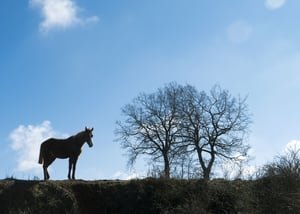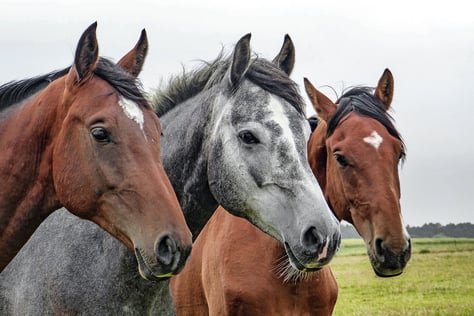Fall Pasture Management Practices
Posted by
Classic Equine Equipment Blog on Oct 21, 2020 2:46:04 PM
Call us today (800) 444-7430
 Overgrazing of pastures in the fall is one of the most damaging things you can do to support to the root system’s ability to rebuild the formation of new grass shoots for spring growth. This is also a time when plant root systems are rebuilding from summer shedding. Growing points are developing in the fall to provide next spring’s growth. These young grass shoots, or tillers, are much like babies. Both need a steady supply of nutrients and protection from overgrazing. In the fall, nutrients are supplied from the previous season’s tillers. If pastures are grazed or mowed lower than 3-4 inches in the fall, these reserves are reduced and the new tillers are starved. Usually root formation will slow or stop and the tillers will grow slower and have fewer roots in the next spring.
Overgrazing of pastures in the fall is one of the most damaging things you can do to support to the root system’s ability to rebuild the formation of new grass shoots for spring growth. This is also a time when plant root systems are rebuilding from summer shedding. Growing points are developing in the fall to provide next spring’s growth. These young grass shoots, or tillers, are much like babies. Both need a steady supply of nutrients and protection from overgrazing. In the fall, nutrients are supplied from the previous season’s tillers. If pastures are grazed or mowed lower than 3-4 inches in the fall, these reserves are reduced and the new tillers are starved. Usually root formation will slow or stop and the tillers will grow slower and have fewer roots in the next spring.

From horse stalls to barn doors, stable flooring and entrance gates, Classic offers the widest product lines in the industry while continuing to expand through innovation and strategic alliances.
We look forward to answering your questions. Our sales team is knowledgeable about everything from horse barn design to equine stall systems and readily available to assist you in planning your Classic barn!
ph: (800) 444-7430
em: sales@classic-equine.com
